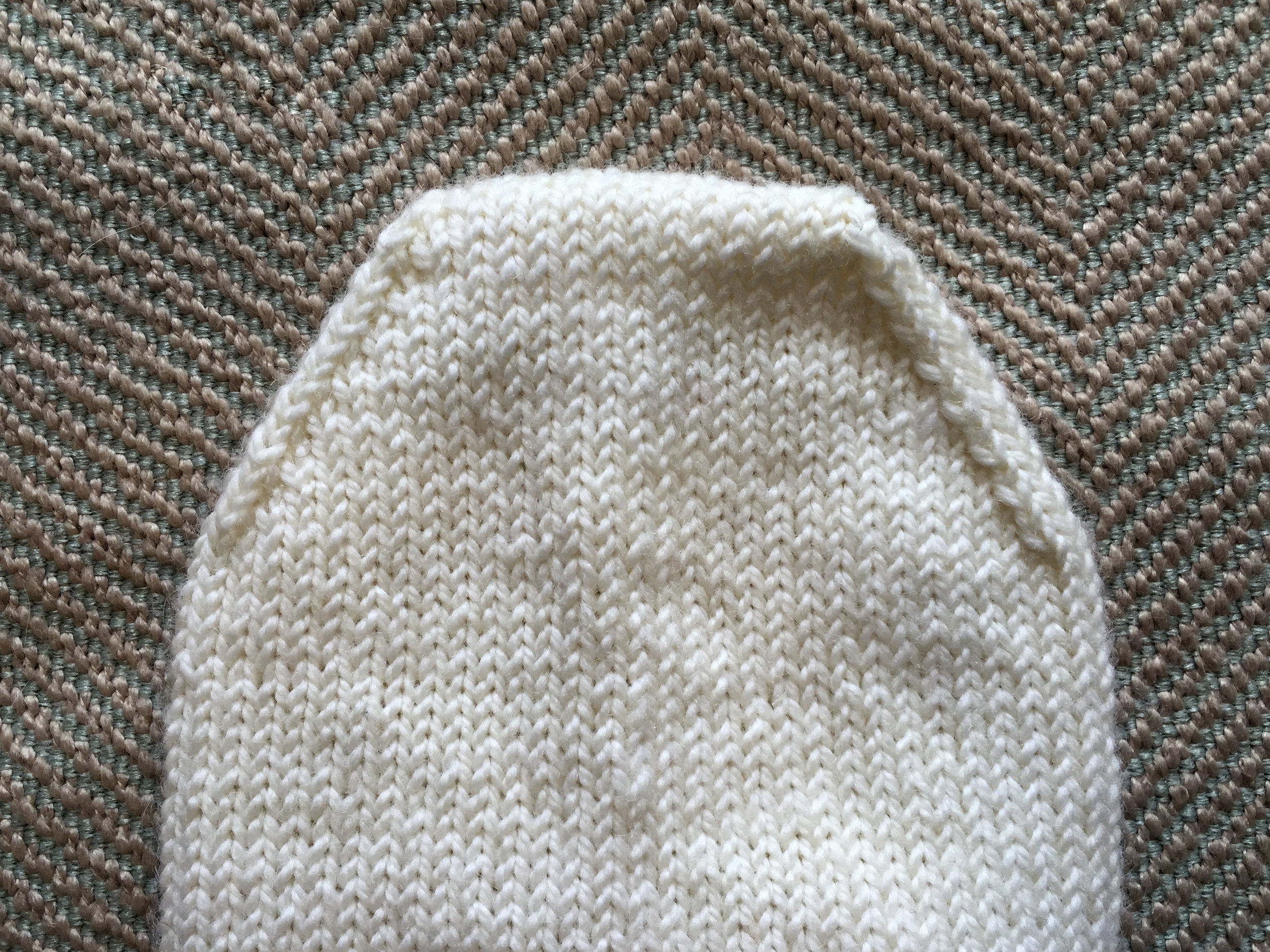What does ssk mean in knitting?
Last week I was able to share about the ol' kfb - a method of increasing that doesn't leave a gap.
This week I get to share about the opposite - a method of decreasing: the ssk, or slip slip knit.
While I would say that while the ssk described as "slip slip knit" sounds intuitive to a seasoned knitter, it doesn't really paint the whole picture for a knitting novice.
So I'm here to break it down for you into 3 easy steps. But keep that mantra of "slip, slip, knit" in the back of your mind as you work the ssk decrease.
HOW TO SSK
Step 1: Slip 1 stitch knitwise from left hand to right hand needle.
Step 2: Slip another stitch knitwise from the left hand to right hand needle.
Step 3: Knit these two stitches together through the back loop.
And there you go - a nice little column of ssk stitches stacked on top of each other!
WHY USE SSK INSTEAD OF K2TOG?
Most increase and decrease stitches have a slant to them; rarely do you find that making a stitch or removing a stitch doesn't impact the stitches around it. The ssk is no different. It is a left leaning decrease stitch, meaning that the top of the stitch leans left, away from the bottom of the stitch.
Conversely, the k2tog is a right leaning decrease stitch, it is the mirror of the ssk. Often you see these two stitches paired at the left and right edges of the toes of socks to form a uniform shape:
Dec Row: K1, ssk, knit to last 3 sts, k2tog, k1 (2 sts dec).
ARE YOUR SSK STITCHES ALL WONKY?
I think I can speak for many a-knitter when I say that we like our increases and decreases to "match" - the tension should look the same whether it's left or right leaning, am I right? Yeah... I'm right. The above column of stitches on the right side of the toe looks a bit... well... squiffly, right? Well, guess what? Meaghan has a solution for you! *caveat: this sock toe was knit before I learned this awesome technique described below and shown in the following video*
I don't exactly know the 'WHY' of this technique - I don't fully understand why the stitches look better, all I know is that they do. On the row following the ssk, when you work directly above the ssk, instead of knitting the stitch normally (i.e.: through the front of the loop), I recommend putting a twist on it and knitting it through the BACK of the loop. I really do't know why it works but it SUPER WORKS and your left leaning decreases look amazing!
Related Posts
HOW ABOUT SOME VIDEO SUPPORT?
I'm always more apt to digest a technique when I watch it in a video. So, of course I've made up a little video for you that shows you not only how to work the ssk stitch, but how to treat it two different ways if you are like me and tend to distort your first slipped stitch in the ssk process.












